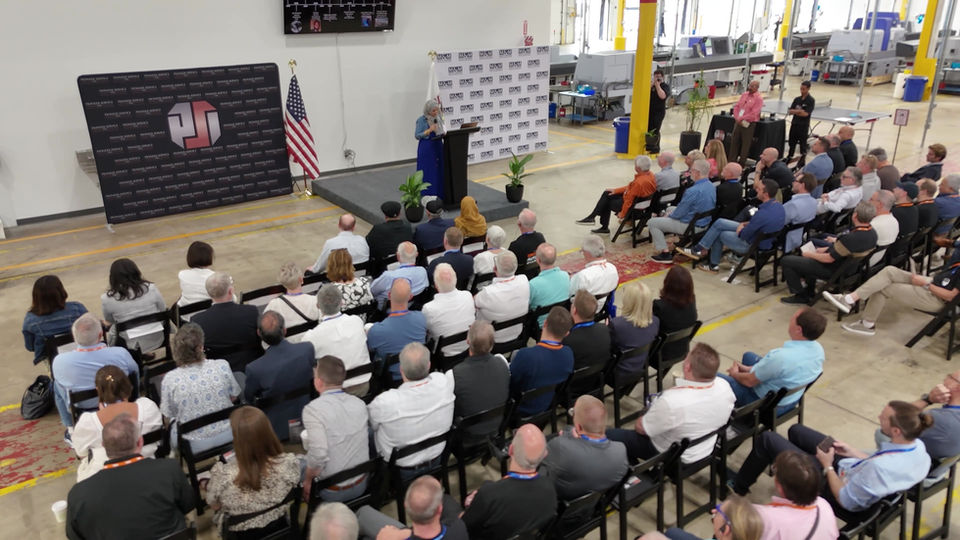Gilmore Post

GILMORE POST
MEDIA & PRODUCTION

VIDEO & FILM PORTFOLIO












PHOTOGRAPY PORTFOLIO




About Me
I'm Tim Gilmore, an editor and multimedia professional based out of the Chicago suburbs.
I took my first step as a storyteller at the University of Illinois Urbana Champaign. There I studied broadcast reporting, TV production, podcasting, writing, and more. I had an internship with the local NPR affiliate (WILL), worked a few part-time jobs, and I volunteered at the student radio station (WPGU). In my senior year, I even produced for the student TV station, "Good Morning, Illini."

My commencement ceremony was held over livestream during the first summer of COVID-19. In this landscape, I took my second step as a storyteller. I reached out to an old friend, and we embarked on a journey as a creative team. It started as just the two of us, but over the next five years it grew quickly into a full service production company with international impact. From livestreams to feature-length documentaries, we did it all.
In 2025, I set out on my own to seek new experiences and opportunities. As an editor, photographer and storyteller, I am excited to continue growing on this next adventure: building expertly crafted multimedia content with compelling narratives. My unique blend of technical skill and creative vision might just be what you need on your next project. Let's connect and collaborate.